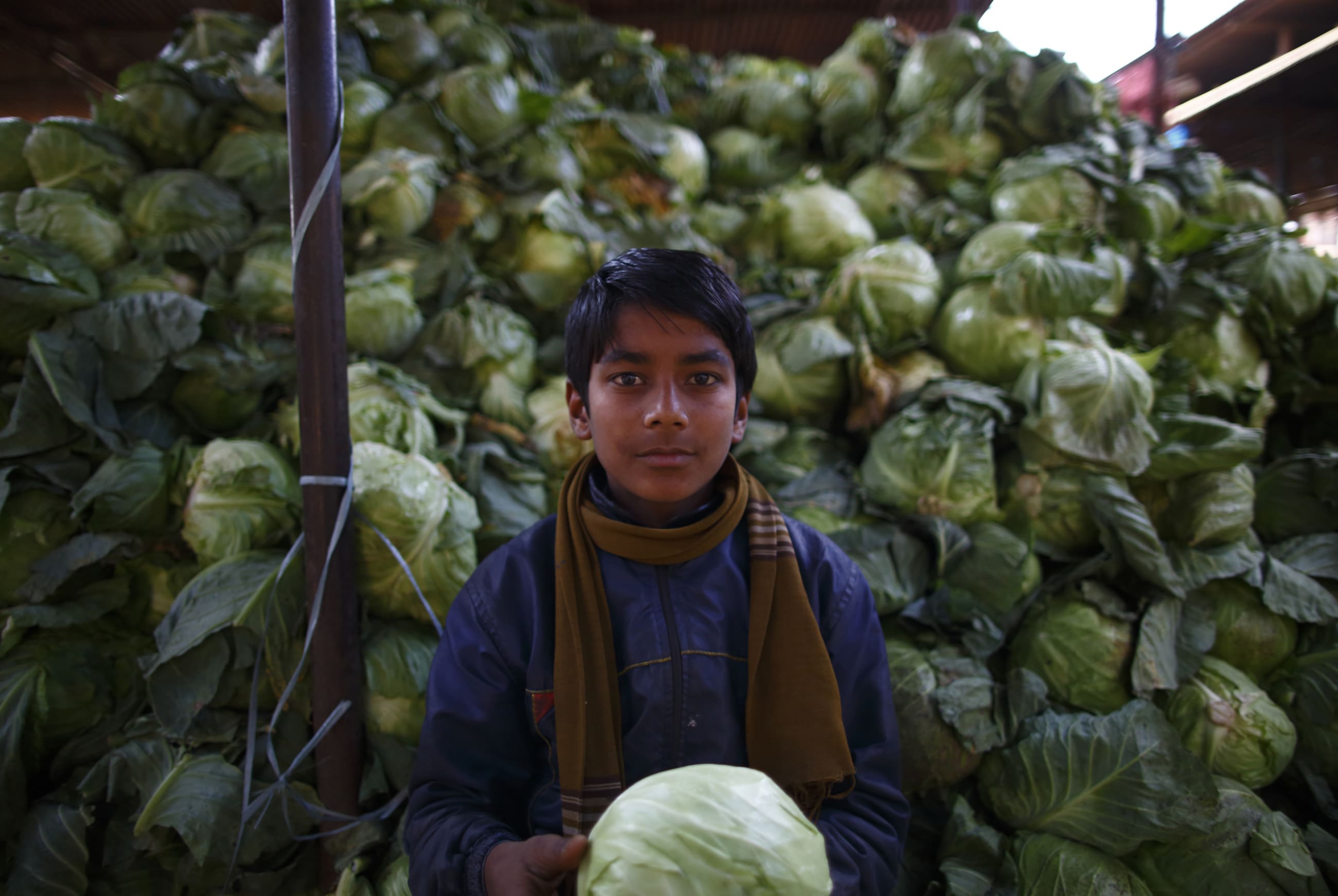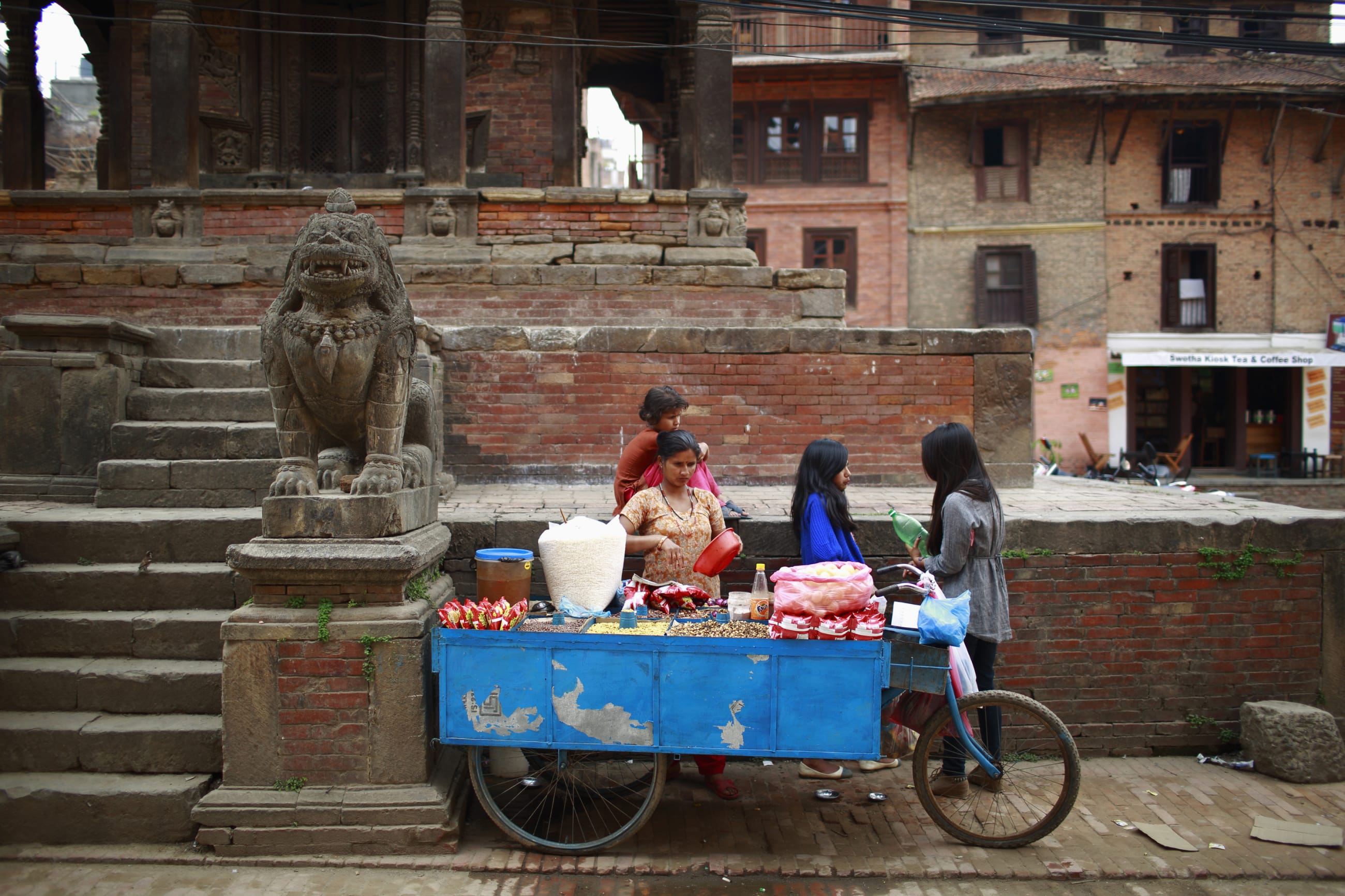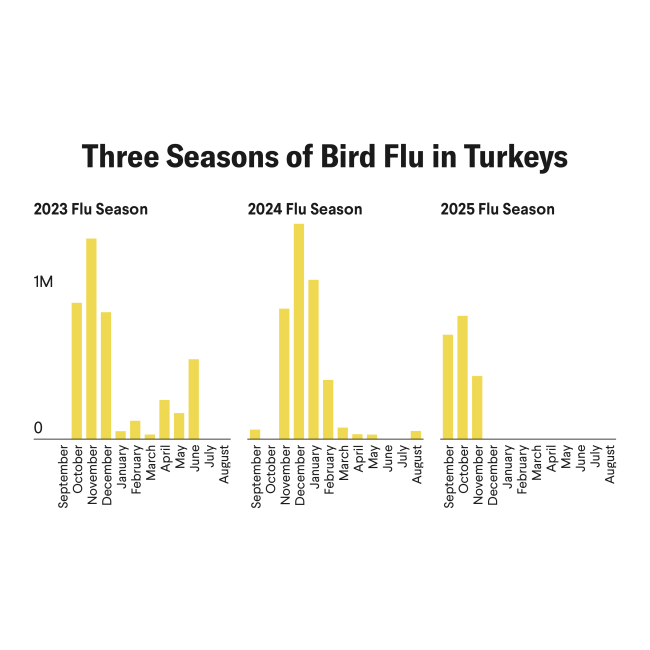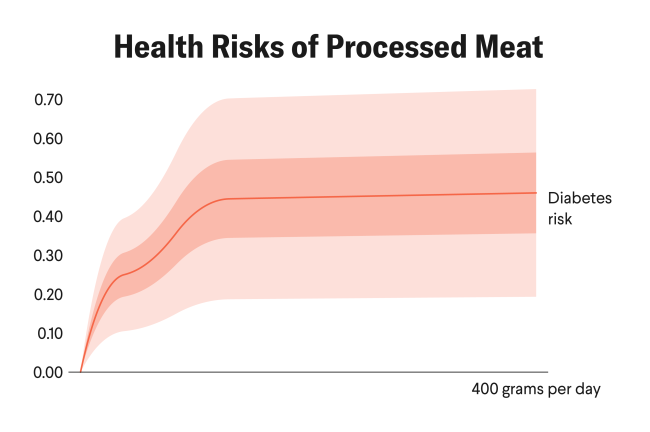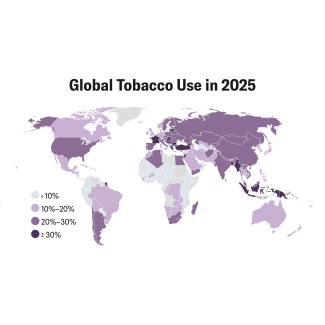Although a quarter of Nepali children suffer from undernutrition or stunting, an increasing number are becoming overweight or obese. According to a 2024 UNICEF report [PDF], the number of infants and children under 5 who are overweight or obese is increasing at a rate of more than 3% every year from the current prevalence of 1.8%. That double burden of malnutrition—the presence of overnutrition and undernutrition—mirrors Nepal's ongoing shifts in diets from traditional, nutrient-rich foods to ultraprocessed, packaged products high in sugar, salt, and unhealthy fats.
If Nepal acts now to curb a growing reliance of packaged foods, it can protect its children from long-term consequences to health and productivity. By building on Nepal's Multi-Sectoral Action Plan 2021–2025 [PDF] to address noncommunicable diseases (NCDs), policymakers can make it easier for parents to choose nutritious foods and harder for unhealthy products to dominate store shelves and children's plates.
Nutritional Risks and Reliance on Packaged Food
A recent study by our team of researchers from Deakin University, published in The Lancet Regional Health – Southeast Asia, found that nearly 87% of packaged food products sold in various retail stores in Kathmandu, Nepal, exceeded one or more of the World Health Organization (WHO) recommended thresholds for energy or nutrients discouraged for children, such as sugar, fat, salt, or nonsugar sweeteners. The worst offenders were bakery products, confectionery, savory snacks, and water-based flavored drinks.
If Nepal acts now to curb a growing reliance of packaged foods, it can protect its children from long-term consequences to health and productivity
Foods from these groups, such as biscuits, chips, sodas, and instant noodles, are now staples in many Nepali households, contributing to approximately one-quarter of total energy intake among young children. This pattern is concerning because these foods displace healthier options such as fruits, vegetables, whole grains, and water. Caregivers choose the unhealthier products because of affordability, convenience, and marketing.
Over time, consuming packaged products limits diet diversity and leads to micronutrient deficiencies and unhealthy weight. Earlier studies shows that Nepali children ages 12 to 23 months who consumed higher amounts of these foods had lower intakes of 11 essential micronutrients, including iron, zinc, and vitamin A. Such habits put children at a risk of double burden of malnutrition.
Preventing Malnutrition in All its Forms
To date, nutrition interventions and related guidelines and regulations in Nepal have primarily targeted undernutrition. The growing reliance on packaged foods in the country points to an urgent need for interventions that target malnutrition in all forms—undernutrition, overnutrition, and micronutrient deficiencies. Interventions need to include curbing the reach of the global food industry in Nepal, the survey having found that 71% of the packaged foods were imported.
As a WHO member state and a UN member, Nepal is accountable for implementing WHO guidance on ending inappropriate promotion of foods for infants and young children, restricting marketing of unhealthy foods and beverages to children, and achieving Sustainable Development Goal target 2.2 of ending malnutrition in all its forms. Nepal's Multi-Sectoral Action Plan 2021–2025 comprises steps to reduce NCD risk factors such as tobacco and alcohol use, unhealthy diet, physical inactivity, and indoor air pollution. Some of the plan's diet strategies include reducing trans-fat content, labeling unhealthy packaged foods, and restricting marketing of unhealthy foods to children. So far, the government has only introduced the legislation to restrict trans fat from national food supplies. Next, it should translate other strategies into concrete regulatory frameworks to curb consumption of unhealthy food.

Adopting a nutrient profile model to classify food as healthy or unhealthy is essential to informing these strategies—which are typically developed and implemented by coalitions of stakeholders including policymakers, food scientists, and public health nutrition experts. Enforcement of food-labeling legislation is also needed, the study having found that 20% of products lacked nutrient information panels.
The recently enacted Food Safety and Quality Act 2024 mandates that all packaged foods should have a clear label with nutrient information on the included amounts of sugar, salt, fat, and energy. Mandatory food labeling should also accompany campaigns to create awareness and enhance consumer understanding of how to make healthier dietary choices. As recommended by the WHO, marketing restrictions for packaged foods should cover all unhealthy products exposed to children, not just options for targeted children.
In addition to discouraging consumption of unhealthy foods, the Nepali government should focus on the promotion, availability, and costs of healthier options, such as fruits, vegetables, and whole grains. Developing and promoting national food-based dietary guidelines should be a priority to educate and communicate people on the balanced diet. Other strategies could include school-based initiatives, encouraging community food production, and local public procurement.
